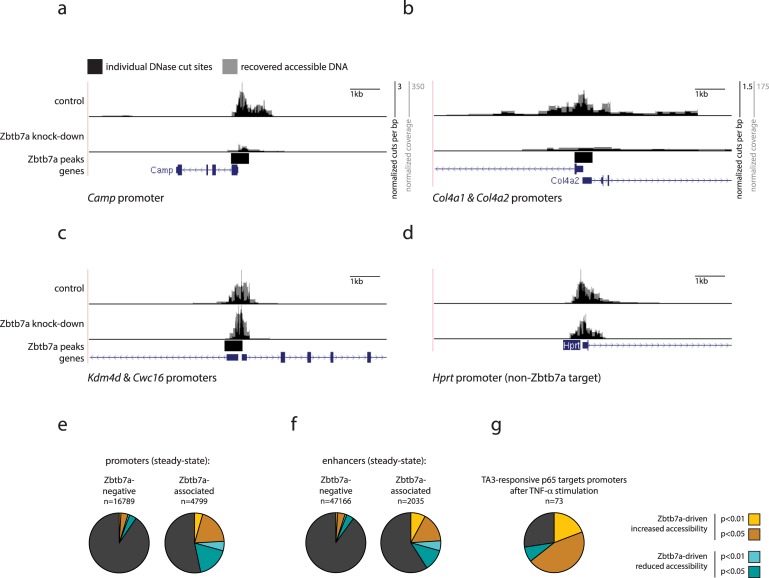Fig 3. Zbtb7a is required for ongoing regulation of accessibility at a subset of its genomic binding sites.
(A–D) Genome browser example tracks of DNase-I hypersensitivity surrounding (A, B) the Camp and Col4a1/2 gene promoters (Zbtb7a-bound and Zbtb7a-dependent accessibility), (C) the promoter region of the JmjD2d and Cwc15 genes (Zbtb7a-bound but ongoing accessibility is Zbtb7a-independent), and (D) the control Hprt promoter (non Zbtb7a-bound), in control or Zbtb7a-knockdown fibroblasts. Lower tracks indicate predicted Zbtb7a binding peaks and RefSeq genes. (E–G) Fractions of (E) promoters, (F) enhancers, and (G) TA3-responsive p65 target promoters that exhibit significant evidence for Zbtb7a-regulated accessibility in fibroblasts. Left (E, F): regions without any associated Zbtb7a peak (“Zbtb7a-negative”); right (E, F): regions with associated Zbtb7a peaks. Yellow/cyan slices indicate promoters with increased/decreased DNase-I hypersensitivity in control fibroblasts compared to Zbtb7a-knockdown fibroblasts, at the indicated P value cutoffs. Statistical analysis is provided as Supporting information, and numerical values underlying figures are reported in S1 Data. RefSeq, NCBI reference sequence database; TNF-α, tumour necrosis factor alpha.

